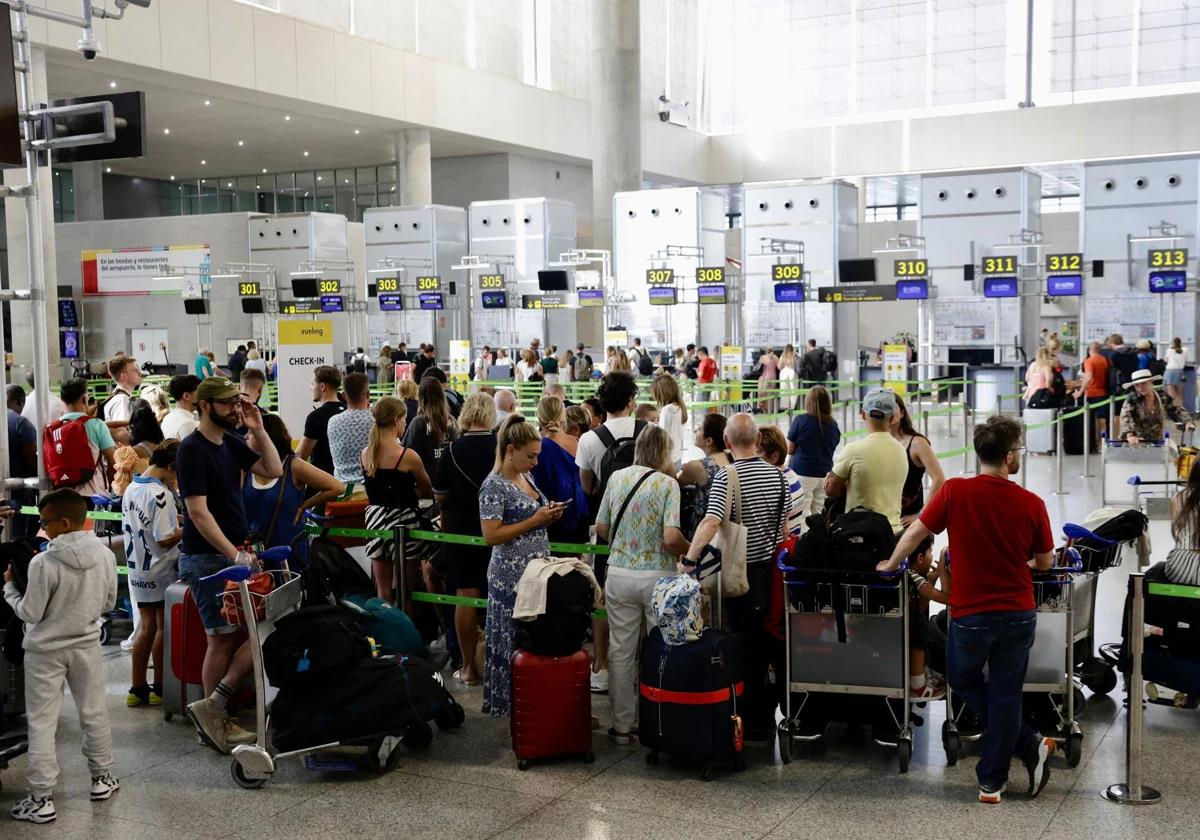Spain achieves low-season tourism boom as number of 2024 visitors set to reach 95 million
Hotel bookings for Christmas have increased by 15% compared to a year ago, making it one of the fastest-growing European countries for holidaymakers during the festive period
More tourists are visiting Spain in autumn and winter than ever before, according to latest figures. It does not mean tourists have stopped travelling in summer, far from it: between June and August this year, the country welcomed a record 32 million international tourists, 10% more than in 2023 and even 8% more than in the summer of 2019.
But what is known as the low season is no longer the low season, the figures show. In October, according to the latest INE national institute of statistics data, a total of nine million people visited Spain, 9.5% more than a year earlier and almost 20% more than those who arrived in October 2019, before the Covid-19 pandemic.
Other historically less-popular months, such as February or March, saw more than six million tourists in 2024, almost 50% more than the nearly four million who arrived in those months in 2019.
The ministry of tourism pointed out the "effectiveness" of tourism decongestion policies implemented, as data shows a notable increase of 20% in arrivals and 26% in spending in the regions that do not belong to the group of the six most-popular touristic regions.
This is also pushing up prices. Those in the hotel sector predicted an increase in rates for the next three months of 5% with an improvement in occupancy of 4%. The Spanish confederation of hotels and tourist accommodation (CEHAT) pointed out the reduction in seasonality is what has boosted sales.
How has this change been achieved? Experts pointed out it is due to a combination of changes in the way people travel, an increased desire to travel, as well as increased investment in the tourism sector. Hotel refurbishments, many of which took place in 2020 when they were shut, as well as improvements to the offer of cruise liners have also contributed to a boom in low-season tourism.
Forecast 2024
95 million tourists
is the estimated number of arrivals by the end of the year, which will generate about 200 billion euros for the tourism sector, 8% more than in 2023.
The industry has experienced significant growth in the past four years in Spain and the offer has expanded towards options such as the Canary Islands in winter, also for Spanish people. This is the case of MSC, which has just launched Las Palmas de Gran Canaria as its eighth port of embarkation in Spain due to increased demand for winter getaways from foreign visitors, but also from Spaniards. It started operating a new itinerary from November to March on board the MSC Opera, with a capacity for more than 2,600 passengers, which covers several islands of the Canary archipelago and goes as far as Madeira.
The company's general manager in Spain, Fernando Pacheco, said he does not believe tourism has reached its peak, but does consider it important to "offer new experiences at different times of the year". A recent MSC study revealed that 36% of Spanish people prefer to travel out of season, and that travel between June and September is decreasing. MSC experienced record passengers and turnover, with 6.5 billion euros.
Differentiate destinations
The great challenge for the sector is to manage overcrowding, even in the northern and central areas parts of Spain where tourism is not so much focused on sun and sand but more on gastronomy and culture, but where there is a surging interest in tourism. BBVA research economists believe it is "essential" that destinations differentiate themselves from each other, have a zero-kilometre gastronomy, with local, sustainable and differentiated products. The same applies to local commerce, because "if all cities look alike, they lose their identity and will no longer be attractive to that type of tourist looking for culture", said the research bureau.
Hotel bookings in Spain for Christmas have increased by 15% compared to a year ago, according to data from the Siteminder platform, making Spain one of the fastest growing European countries for tourism during this period. But that increase is due to the boost from foreign visitors, as domestic travel is stagnating. Latest INE data shows domestic travel dropped by 0.2% in summer compared to the third quarter of last year.
A few days ago, the national tourism board predicted 95 million tourists would have visited Spain by the end of 2024, 12% more than last year's record. That would result in 200 billion euros, with the sector's contribution to GDP possibly exceeding 13%, with more than three million workers in the sector by 2025.

